I returned to Thailand in late November of 2012 after 3 months visiting friends and family in my home state of Texas. Following a brief respite, getting grounded and recovering from the disorienting 33 hour journey and 13 hour time difference, it was time to start designing my travel itinerary. While resting in Bangkok, I ventured over to the infamous Khao San Road for the first time. Given my previous experience embedded in a rural village in Thailand’s agricultural heart, Khao San Road was not exactly what I had in mind for my travels ahead. In drawing up my plans, I had no intention of following any well trodden guidebook tourist track. There is something much more exciting happening in this country than the bars and souvenir peddlers of Khao San. Just outside of the facade of Thailand’s touristed market streets, there is a wealth of precious gems waiting to be discovered. The most prominent on my list, although appearing a bit rough on the surface, turns out to be a glimmering diamond of hope for the country, and the world. This is the story of my adventures in exploring the many treasures of Thailand Permaculture.
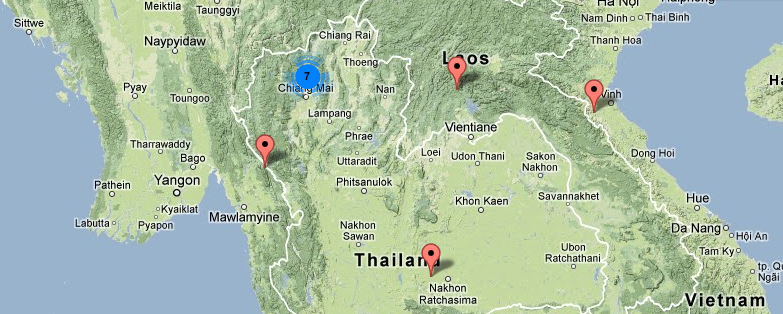
The Goal
A brief sojourn in Bangkok gave me time to gather my bearings and make plans for the road ahead. I was finally fortunate enough to have the freedom to explore Thailand’s rich culture and scenic landscapes of which I had only briefly sampled while anchored to project development at Rak Tamachat some months earlier. Now, with a 90 day visa, no income and only a small amount of savings I had left over from previous work, it was time to dive right in!
Making any sort of detailed plan of the next months would be a serious disservice to the potentials that only arise through a willful surrender to the spontaneous currents of an adventurous spirit. Rather than try to script any specifics, I took a hint from my experiences with Permaculture Design and decided it would be much more productive to frame a goal for the adventures ahead and let my instincts plot the course to get there.
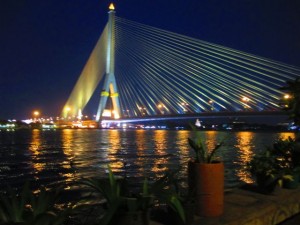
The view of the Rama VIII bridge from my guesthouse on the Chao Phraya River
As I mentioned earlier, I am not one for the typical touristy trek. When I travel, purpose is a prerequisite. Making a contribution, although not always easy while traveling, is important to me. So, when it came to figuring out what I would do with my time in Thailand, I decided I wanted to visit, connect and build bridges between as many permaculturally minded peoples and projects as could be managed on the time and budget I had available. I knew there as a gem or two to be found among them, and I was eager to begin digging in to find them.
With that general goal in mind, I roughed out an outline around various projects of which I already knew, projects I had heard about, and some I had just discovered using the Worldwide Permaculture Network.
A Return to Rak
A natural first stop along the way, a revisit to the project that I had spent so many months prior, was essential. It had been nearly 4 months since I last visited Rak Tamachat and I was very excited to see the progress.
My timing could not have been more ideal. The day I arrived in Sikhio, a town about 45 minutes from the farm, the Rak team had to make a run to the market to pickup supplies for the evening’s Pizza Party. It meant, not only did I get a free lift back to the farm, I arrived to a libatious good time.
Seeing with new eyes
Rak was in the midst of celebrating the halfway point in their third Permaculture Design Course hosted on site. Taught by two of my good friends and mentors, Christian Shearer and Toni Robinson, the course participants seemed to be buzzing with ideas and creative energy.
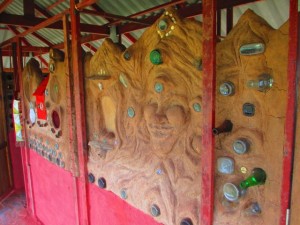
The adobe and wattle & cob composting toilet that we had started earlier in the year was finally starting to show its true face.
With a belly full of pizza and a heart full of new permaculture friendships, I retired to my hammock for the evening. When I arose in the morning I took a look around and, for the first time, began to see all the beautiful progress the Rak community had made since my departure only 4 months ago. Strolling through new garden pathways, smiling back at the funny faces molded into the earth walls of the now nearly completed composting toilet, and ducking under branches of what was once only a knee high food forest, my heart swelled with joy and a sense of great pride. It was actually happening!
As the Design Course and Rak community had the day off, and most people on the farm were resting from what was surely an intensely long week, the farm was mostly quiet. The Thai family, who have their own rhythms by which they live, were in the midst of bagging up the season’s rice harvest. Thirsty for a bit of physical labor, I jumped in to lend a hand.
Building cultural Bridges
Just when I thought it couldn’t get much better, more exciting news arose. Since the very beginning of the project, living on this rural farm in a remote Thai village, we all had the strong desire to work more directly with our neighbors and learn from the indigenous wisdom of the region. Also, even though we didn’t speak the same language, and our ways were a bit strange and unusual to each other, we felt strongly that Permaculture techniques and practices could help to shift the paradigm of chemical agriculture currently practiced by the majority of Thai farmers. Up until now, there was no way to demonstrate the effectiveness of the permaculture systems we were practicing, as the transition of practices on our own farm had only just begun.
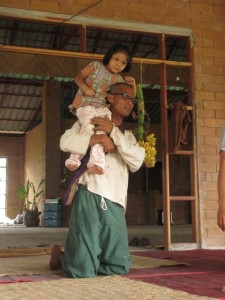
Pon, James Pon.
This did not deter Rak’s intern and my good friend, Pon. Pon ( – James Pon, as he would say it) is a youthful and passionate Thai man with a huge heart for permaculture and community. He knew that it would only take a bit of rousing to get everybody, despite our widely divergent backgrounds, together and sharing.
Pon organized what has to be one of the most inspirational days I’ve experience during my time here in South East Asia. Coordinating with the head man of the village, the local radio (broadcast over load speakers for as far as the sound will travel), schools, monasteries and other village leaders, Pon set in motion an educational open house event at Rak Tamachat.
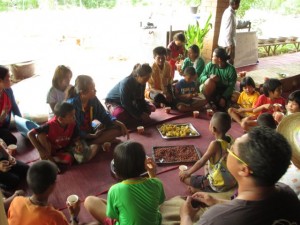
Nothing builds community like the sharing of good food!
After stirring up a bit of excitement with the help of a few drums and various musical instruments, we set a festive tone for the villagers to come and see what our crazy band of “farang” (Thai for foreigner) had been up to over the past year.
We were blessed with a wide cross-section of the community, from elder buddhist monks to young school children, who came out to learn who and what we were all about. After a brief round of introductions, sharing fruit and tea, we toured the farm and talked about everything from earthen building, seed saving, animal systems and food forests. And, as no permaculture experience is complete without getting a little dirty, we engaged the energy of a troop of school children and got them all planting and mulching papaya circles with us.
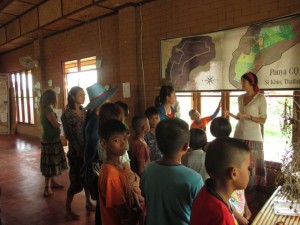
Toni teaches the importance and values of saving seeds for the future of community.
Finally, after having the great satisfaction of witnessing the maturation of a project that, less than a year ago, was only a seed in the hands and hearts of a small circle of permaculture students and teachers, it was time to once again disembark. The Permaculture Design Course was again back in full swing and I had many more projects to visit… Next stop, Chiang Mai!
Chiang Mai Welcome
The northern city of Chiang Mai, Thailand is rich with history. My own story met up with that history some months prior when I took a brief holiday from Rak Tamachat to visit Rak’s older sister to the north, The Panya Project (more on The Panya Project later). This time I went to meet a friend, mentor and fellow former Rak manager, Matt Prosser.
Within an hour of arriving in Chiang Mai, by the sheer synchronistic luck that seems to be a common occurrence on a travelers path, I ran into Matt along one of Chiang Mai’s bustling alleyways as I searched for a place to set down my bags. We talked briefly and he sent me in the direction of a few guesthouses where I might find a room. Planning to meet up the next morning to coordinate on various projects, we parted ways and I set off to find a guesthouse.
Good fortune ahead
Arriving in the peak travel season seemed to somehow work out to my advantage. As I walked along finding guesthouse after guesthouse that was fully booked I made the acquaintance of a restaurant owner who mentioned she had a guesthouse nearby with a room available for 150 baht a night. It was a little bit more than what I wanted to spend but it seemed my options were limited and my bags only grew more heavy with each step. So, I jumped in her sidecar and off we went.
As we road along, Pii Sii (pronounced P C) asked where I was from and what I was doing in Thailand. When I began to explain my work in natural farming and permaculture she became reservedly excited. We arrived at the guest house and, before we even made it through the door she offered me the room for only 100 baht. I thanked her and said I’d be happy to stay for some time at that price and, as she showed me to the room she said, much to my surprise, “ya know, you are a nice man, we will talk more tomorrow but maybe, if you can help me out here, I’ll let you stay for free.”
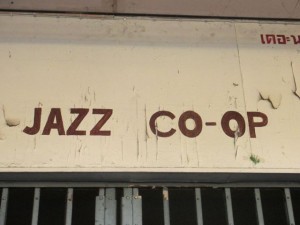 How could I turn down such a great offer? Of course I’d like to stay for free during the peak travel season in Chiang Mai! I set down my bags, agreed to the arrangement, thanked her kindly and set out to find one of my favorite spots in Chiang Mai (maybe all of Thailand), The North Gate Jazz Co-op.
How could I turn down such a great offer? Of course I’d like to stay for free during the peak travel season in Chiang Mai! I set down my bags, agreed to the arrangement, thanked her kindly and set out to find one of my favorite spots in Chiang Mai (maybe all of Thailand), The North Gate Jazz Co-op.
Blessed again, The North Gate Jazz Co-op just happened to be right around the corner from P. Sii’s guesthouse. As soon as I arrived, I was greeted by friends who I had met only a few days before in Bangkok. My arrival in Chiang Mai could not have been more serendipitous and the weeks that followed only confirmed how fortunate I was to be in this space and time.
Holistic Regeneration
The next morning, Matt and I got together to catch up on old times and brainstorm future collaborations. Matt, along with his longtime friend Ben Murray, also a manager at Rak Tamachat, were in the process of establishing the foundations of their joint project, Holistic Regeneration.
Matt and Ben had recently established contacts in India where they would be traveling in the coming months to facilitate a series of courses focused on deep ecology, permaculture and eco-village living. Having all taught together at Rak Tamachat, knowing our respective strengths and weaknesses, I was invited to join them for the first set of courses in March.
As a traveler who likes to contribute as he travels, and having yet to venture to India, I agreed without hesitation.
Mutual benefit
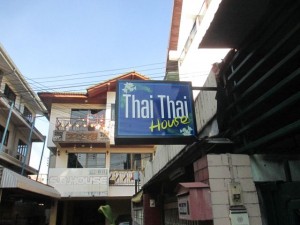 Returning to the guesthouse that evening, I sat to talk with P. Sii about how I might be able to help. We matched up my skills with her needs and, in no time at all, I was performing as a business consultant to the Thai Thai House (P. Sii’s guesthouse).
Returning to the guesthouse that evening, I sat to talk with P. Sii about how I might be able to help. We matched up my skills with her needs and, in no time at all, I was performing as a business consultant to the Thai Thai House (P. Sii’s guesthouse).
An incredibly sweet and generous woman, P. Sii has taken in her young niece, 3, and an orphaned boy, 8, as her own. Spending every waking hour working to provide for this family she’s had to make a lot of sacrifices to keep food on the table. As a result, some aspects of her business have had to suffer for the immediate wellbeing of these two young children.
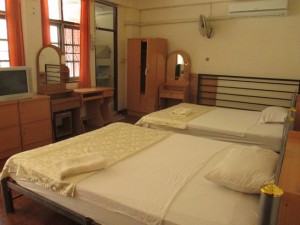
The spacious and beautiful rooms of Thai Thai House in Chiang Mai
I spent a couple of days working out short-term, mid-term and long-term goals and action plans, and began designing signage to attract more guests. I pointed out that she seemed to be stretching herself too thin and suggested that she find the areas that add the most long term value to her business and focus on those areas and then hire someone who can help take the slack off and let her take care of the more important things.
Nothing is ever really free, but to be able to exchange in this way, while on a tight travelers budget, means I have more freedom to use my money with greater efficiency and effectiveness in areas where it is really needed. And, I get the opportunity to provide a valuable service in the same beat! More than anything, it is such a pleasure to help a person through a rough time and reinvigorate them with the tools and the strength to thrive.
Natural Building field trip

This is an example of what my dream home looks like
In the midst of our course planning and organizational development work, Matt, Ben and I made some plans to take a field trip out to a local natural building site just south of Chiang Mai. Chiang Mai Life Construction specializes in incorporating natural building techniques with both western and eastern architectural influences drawn together in beautiful sweeping bamboo and earthen designs.
The organic free-flowing lines of the CLC structures were a much needed hiates from the lines of text we had been pouring over all week. Every detail seemed to be attended to in their design work. Electrical wires covered with bamboo or natural cordage trim, plumbing concealed with natural stone, bamboo and various other organic materials. There was not a single rectangular window and all the doors were intricately handmade with woven bamboo. Even door and window latches were simple bamboo or wooden designs.
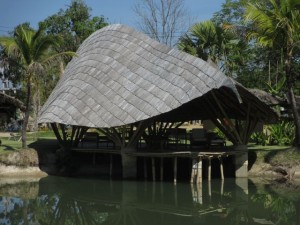
The beautiful bamboo Sala over the pond and the Chiang Mai Life Construction center
The elegance and beauty of the craftsmanship at the CLC provided us all an incredible boost of inspiration and motivation to continue refining our own respective crafts. With new energy and resolve, we returned to our tasks in Chiang Mai.
Pai & The End of The World

The beautiful mountain views on the road to Pai in the mountains of northern Thailand.
On the 21st of December, 2012 (the fabled day of the Mayan calendar conclusion) I rented a motorbike and set out on the windy mountain road to Pai. This 4 hour journey through forested mountain passes has a rumored 700 switchback turns. I didn’t count, but I would bet that the estimate is not far from reality.
Best taken by motorbike, both to avoid car sickness and to get a full emersion in the stunning natural scenery, the road to Pai is one of my favorite experiences in Thailand. A quiet mediation in the forest and a brief detour to bathe in mineral hotsprings was my definition of the ideal way to spend the last day of the Mayan calendar. If the world were to have ended that day, it would have ended with me surrounded by the glorious wonders of such natural beauty as the pristine mountain jungles of northern Thailand. Perfect.
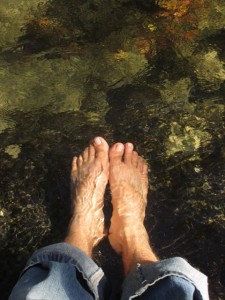
Taking some time to soak my feet in the mineral hot springs on my way to Pai.
…but the world had really only just begun!
In Pai, I again met up with my dear friend and co-community manager at Rak Tamachat, Toni Robinson. Toni, as mentioned earlier, had recently finished co-teaching a Permaculture Design Course with Christian Shearer (founder of The Panya Project and WeTheTrees.com, a lead designer for Terra Genesis International, and all around Permaculture SuperHero). We connected with my friend Lilly Zeitler of PermaPai (who I had also synchronistically ran into at the North Gate Jazz Co-op in Chiang Mai the week before) and, together with several other adventurous spirits, we danced in our new world, permaculture style!
Lilly took us on a tour of the PermaPai project. I had visited the project previously back in April when I first met Lilly. It was great to see the project again after several months of development and growth. It is always inspiring to see just how much can develop over such a short time and always a surprising reminder that, when you see it on a day to day basis, the progress can be much more difficult to recognize.
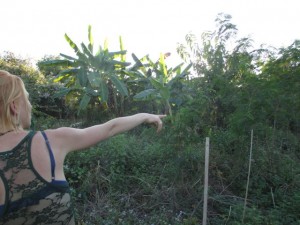
Lilly Zeitler gives a tour of the PermaPai food forest.
I have been highly inspired by Lilly, her vision and work with the land and the community in the area… but much of that will have to be saved for the next article in this serious. For now there is still loads to talk about at my next stop along this permaculture pilgrimage… The Panya Project!
Christmas at Panya & Pun Pun
After a fun filled solstice in Pai, connecting with many friends old and new, it was time to revisit one of the earliest and most well known permaculture projects in Thailand, The Panya Project.
My intention in visiting Panya over the Christmas holiday was to unwind and decompress after a bit of a vortex of blissful adventure in Pai the week prior. It was rumored that only a small handful of people would be there, all close friends whom I’d love to ring in the festive holiday with, and it was going to be a quiet and relaxing yule time filled with good friends, food and wine.
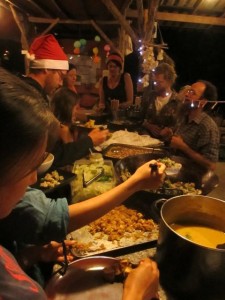 To my surprise, the reality was much more of a bustling experience than I had anticipated. As it turns out, loads of volunteers, visitors and old time residents arrived just in time to celebrate the holiday with Panya and neighboring Pun Pun.
To my surprise, the reality was much more of a bustling experience than I had anticipated. As it turns out, loads of volunteers, visitors and old time residents arrived just in time to celebrate the holiday with Panya and neighboring Pun Pun.
The kitchen stayed on full tilt for three days and each meal’s quality and quantities grew until we were really feeling the abundance of the season. On Christmas Eve we were blessed with yet another cultural bridging when one of the local hill tribes came by to share native songs of the season with us.
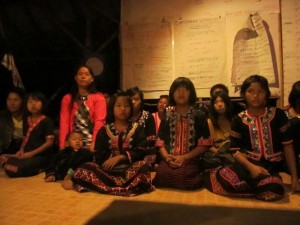
The Karen Hill Tribe came to share in the spirit of the season with us!
Knowing that this was traditionally a celebration of family and togetherness in the west, a group of young villagers and teachers from a nearby Karen village came to wish us a merry Christmas and share some local songs of the season. After a few songs, we took our turn at singing. With such a diversely multicultural group, our unrehearsed attempt at Christmas carols had to sound more like mumbled crooning on half chewed lyrics. Clearly, the Panya choir needed more practice! But, we gave it our all and shared good laugh with the children in spite of our poor performance. We thanked the tribe’s people for coming and shared with them a donation of sports equipment we had collected for their school and offered our assistance in setting up gardening projects and permaculture education within their community.
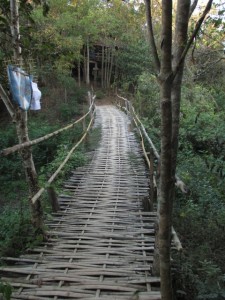
Where will the next bridge lead?
It was such an extraordinary honor to have the unique opportunity to share in this beautiful cultural exchange. And, as I would soon find out, this exchange, as well as the one at Rak Tamachat a few weeks prior, were only the beginnings of many exciting cultural co-minglings to come.
In Part Two of this series, I will share more of my experiences as I returned to the mountains for a rice harvest celebration at TacomePai, an odyssey to visit a remote hill tribe living a very special purpose, ringing in the New Year with more friends at PermaPai and much more exciting adventure. Stay tuned!
- The view of the Rama VIII bridge from my guesthouse on the Chao Phraya River
- Motor bike madness on the streets of Bangkok
- Benny explains the finer details of permaculture design
- Mmm… Pizza!
- Rak Tamachat Logo in adobe
- Artistically sculpted earthen walls at Rak Tamachat
- Bagging up the season’s rice harvest.
- Shucking Corn – always remember to clean your ears.
- Bagging up the corn harvest
- New sheetmulched garden beds
- Pon tending his garden with love
- A growing food forest
- Toni giving a lesson on Seed Saving
- Thai Thai House in Chiang Mai
- North Gate Jazz Co-op in Chiang Mai
- Chiang Mai Life Construction
- Bamboo Sala at Chiang Mai Life Construction
- A scale model of some CLC’s designs
- The mountains of Northern Thailand
- Geysers erupting from mineral rich earth
- Bathing in mineral hotsprings
- Bamboo suspension bridge in Pai
- Dancing & Music at Art in Chai – Pai, Thailand
- Sharing conversation with Toni and Ana at Om Garden in Pai
- Lilly takes us on a tour of the PermaPai Food Forest
- Such a huge array of fruit and fodder species here
- Native beehive
- Look! What’s that over there!? …
- Oh, whew… it’s just an Ewok.
- Earth bag foundation of an earthen house at PermaPai
- Camping shelter at PermaPai
- Karen Hill Tribe visit to Panya
- Panya Holiday Feast
- Where does the next bridge lead?


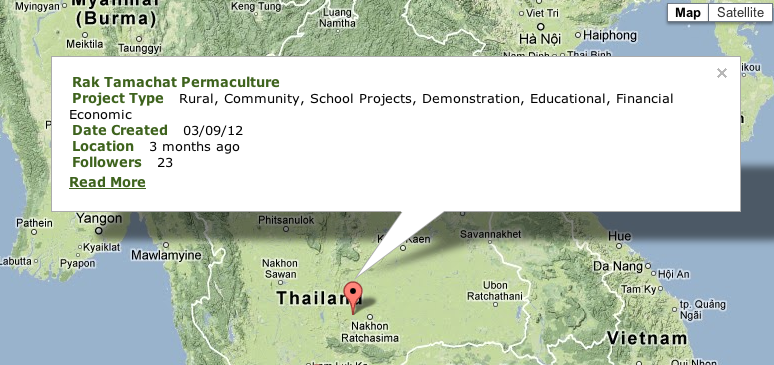
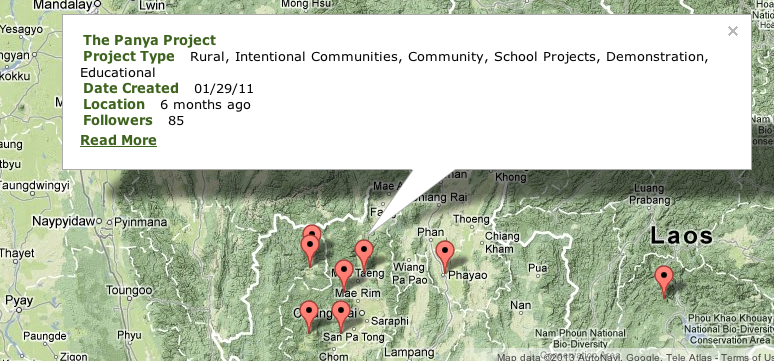
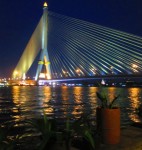
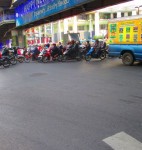
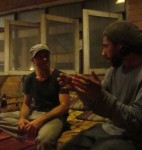
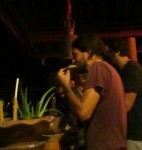
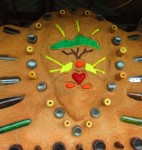
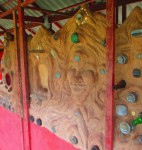
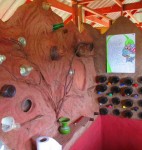
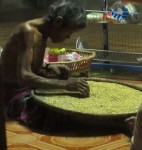
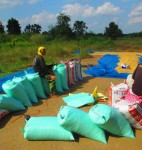
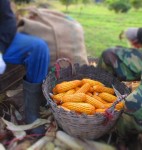

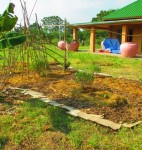
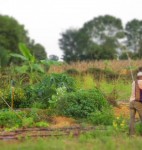
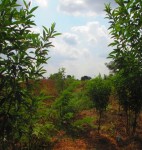
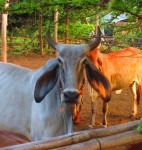
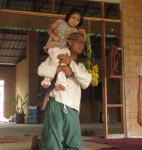

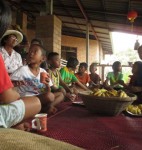
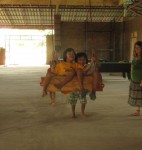

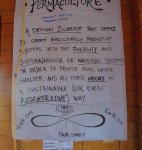
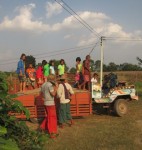
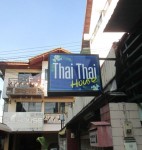
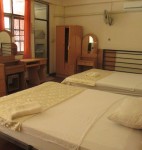
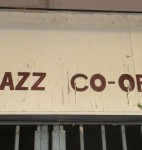
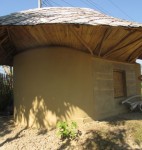

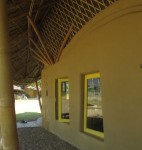
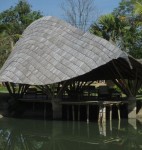
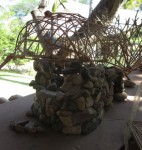
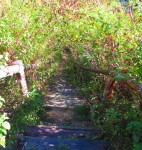
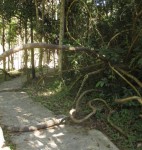
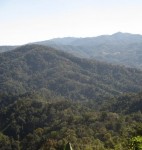
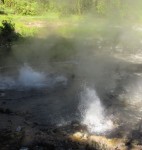
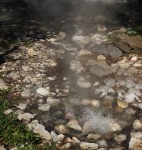
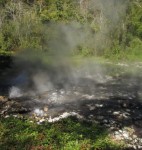

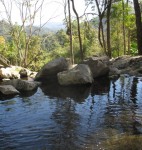
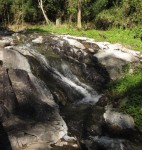
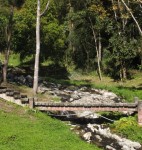
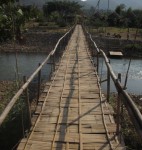
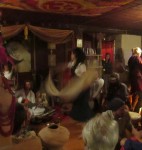

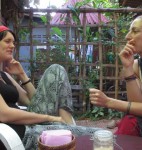
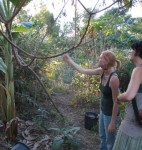
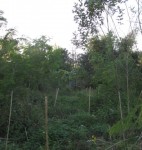
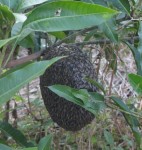
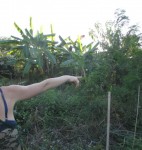
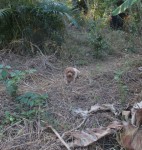
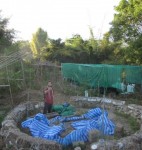
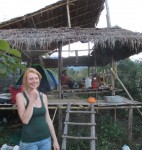
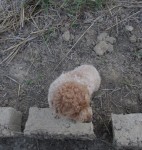
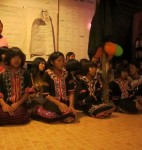
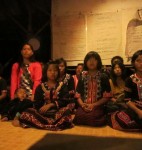
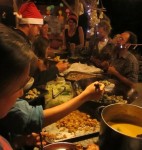

Pingback: Thailand Permaculture - Part 2 of 5 - Discovering Local Solutions - Eco-Pioneers.org